Do You Need an Air Gap for Your Dishwasher in California? Here's What You Should Know
If you’re a California homeowner, homebuyer, or seller, chances are you’ve seen a small metal or plastic fixture next to the kitchen faucet and wondered what it’s for. That’s a dishwasher air gap—and in California, it’s more than just a recommendation—it’s the law.
At Elevate Inspections, we’re often asked about this during home inspections. Here’s everything you need to know about air gaps in the Golden State.
What Is a Dishwasher Air Gap?
SEO Keywords: California dishwasher code, dishwasher air gap, air gap requirements, backflow prevention
A dishwasher air gap is a small device mounted on the kitchen sink or countertop. It connects to your dishwasher drain line and prevents dirty water from backing up into your dishwasher if the kitchen sink clogs.
It works by creating a physical break (air gap) between the dishwasher and the drain system. This gap protects your clean dishes—and your family—from contamination due to backflow.
California Plumbing Code Requires It
Short Answer: Yes, an air gap is required in California.
Under the California Plumbing Code (CPC), an air gap is mandatory for all new dishwasher installations:
“No domestic dishwashing machine shall be directly connected to a drainage system or food waste disposer without the use of an approved air gap fitting.” — California Plumbing Code §807.3
This means that:
You can’t substitute a high loop instead of an air gap
You may fail a home inspection if your dishwasher is missing one
It may affect the permitting process for kitchen remodels or appliance upgrades
Why It’s Flagged During Home Inspections
At Elevate Inspections, we regularly note missing or improperly installed air gaps in homes across California. Even in newer homes, we sometimes see installers skip it—especially when replacing old dishwashers.
A missing air gap can:
Violate local plumbing code
Pose a cross-contamination risk
Result in inspection delays during a home sale
Can You Add an Air Gap Later?
Absolutely. A licensed plumber can typically add an air gap without major changes to your kitchen. It may require drilling a new hole in your sink or countertop if one doesn’t already exist.
The cost is relatively low, and the health and legal benefits far outweigh the investment.
Why It Matters in California Homes
With California’s focus on water quality, sanitation, and strict building codes, an air gap is a simple but powerful safeguard. And with increasing scrutiny during real estate transactions, it’s a small feature that can make a big difference.
Final Answer: Do You Need an Air Gap in California?
Yes, you do.
It’s required by California Plumbing Code
It protects against contamination
It may impact your home sale or inspection
It’s a quick, low-cost fix if you’re missing one


